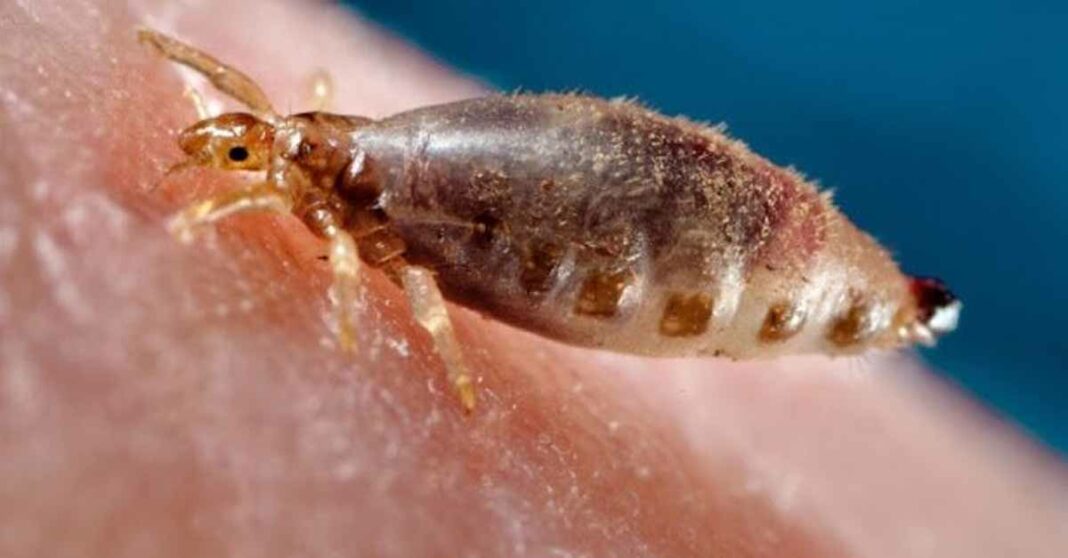A new study has found that changing weather patterns may be responsible for an increase in bacteria causing two types of typhus in Laos.
Scrub typhus (or bush typhus), caused by the bacteria Orientia tsutugamushi and spread by mites, and flea-borne typhus (murine typhus), caused by the Rickettsia typhi bacterium spread by flea bites are on the rise in Laos, according to SciDev.net.
Lead researcher from the Lao-Oxford-Mahosot-Hospital-Wellcome Trust research unit in Laos, Tamalee Roberts, says not much is known about the factors leading to the spread of these diseases. Scrub typhus is prevalent in the Asia-Pacific region and South America, while murine typhus is found across the world.
The study, published in PLOS, included samples submitted to Mahosot Hospital in Vientiane Capital from 2003 to 2017. Analysis of patient data cross-referenced with meteorological and environmental data showed that 17 percent of patients tested positive for either scrub typhus or murine typhus.
According to Tamalee Roberts, scrub typhus is exceptionally seasonal, with cases twice as likely to occur during the wet season months of July to September than during the dry season, whereas murine typhus peaks during the dry season.
Scrub typhus incidence was found linked to fluctuations in relative humidity whereas murine typhus was linked to variation in temperature. Patients with scrub typhus infection were more likely to come from villages with higher levels of surface flooding and vegetation in the 16 days leading up to diagnosis, according to the study.
As cities expand, so will high-risk areas for murine typhus, says Roberts. “With global heating and risks of attendant higher precipitation, the data suggest that the incidence and spatial distribution of both murine typhus and scrub typhus will increase.”
Changing weather patterns also may affect the lifecycle of the fleas, with warmer temperatures causing faster breeding time for fleas and increased rain and surface water risking higher mite density, raising the risk of scrub typhus, according to Roberts.
Roberts says that “the evidence from this research suggests that we will see an increase of both these diseases not only in Laos but in other countries as well. The diseases may also spread to areas where they have not previously been found as temperatures rise”.
Thomas Weitzel, a physician and faculty member at the Clinica Alemana de Santiago, Chile, and part of the Chilean Rickettsia and Zoonosis Working Group, told SciDev.Net that the research is of high relevance because both infections belong to a group of vector-borne diseases, which have been neglected in the past decades.
“Mites and fleas as vectors are often overlooked and our knowledge gaps are much larger in comparison to diseases transmitted by mosquitoes and ticks. Therefore, we often underestimate the burden of mite- and flea-borne rickettsioses, which cause important clinical problems (morbidity and mortality) and are easily treatable.”
The research results, Weitzel adds, indicate that climate will influence the epidemiology of these diseases. “Our understanding of the complex ecology, however, including the interactions of bacterial pathogen, arthropod vectors, animal reservoirs, and human behavior is still limited, and it is, therefore, too early to draw concrete conclusions.”



